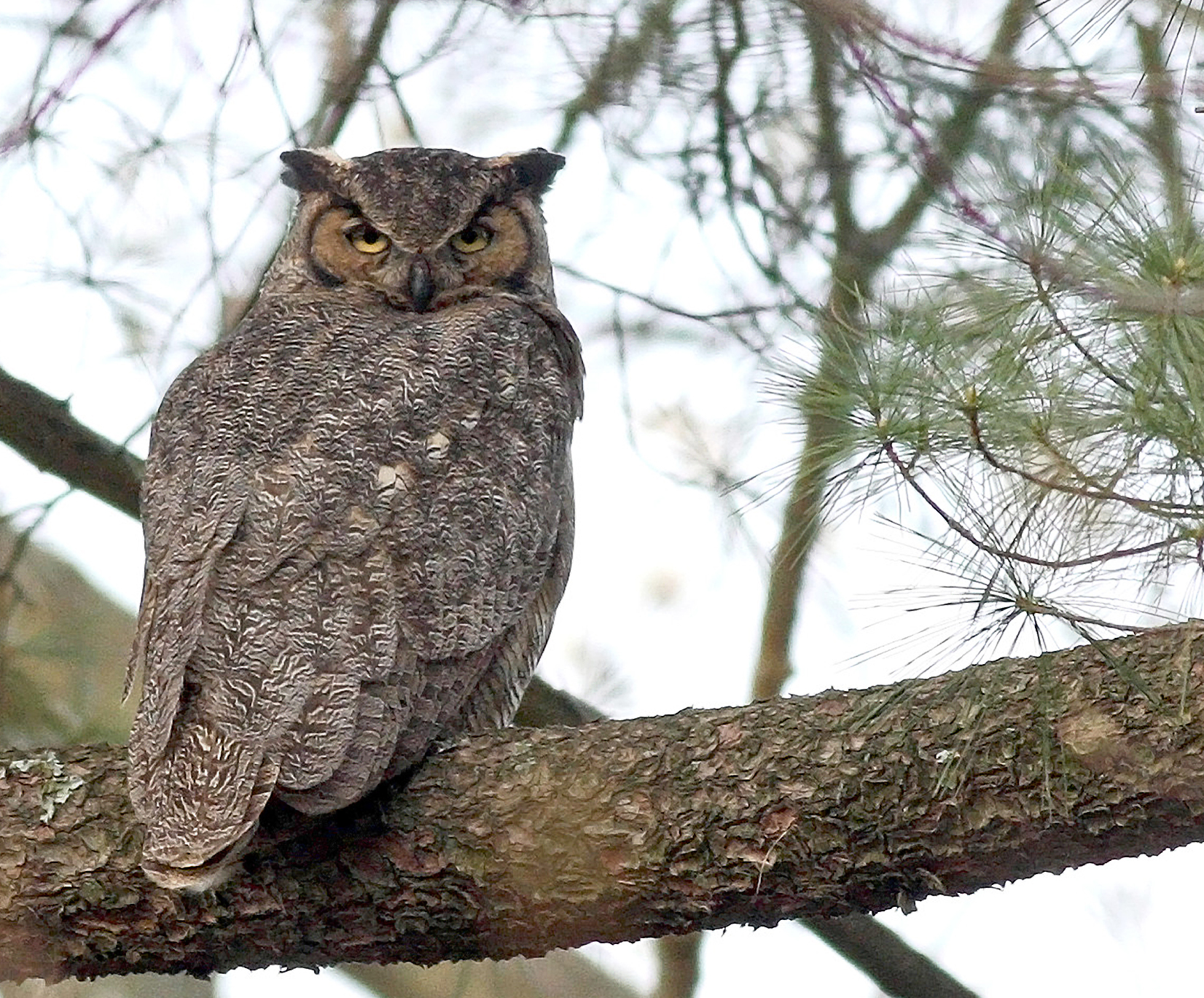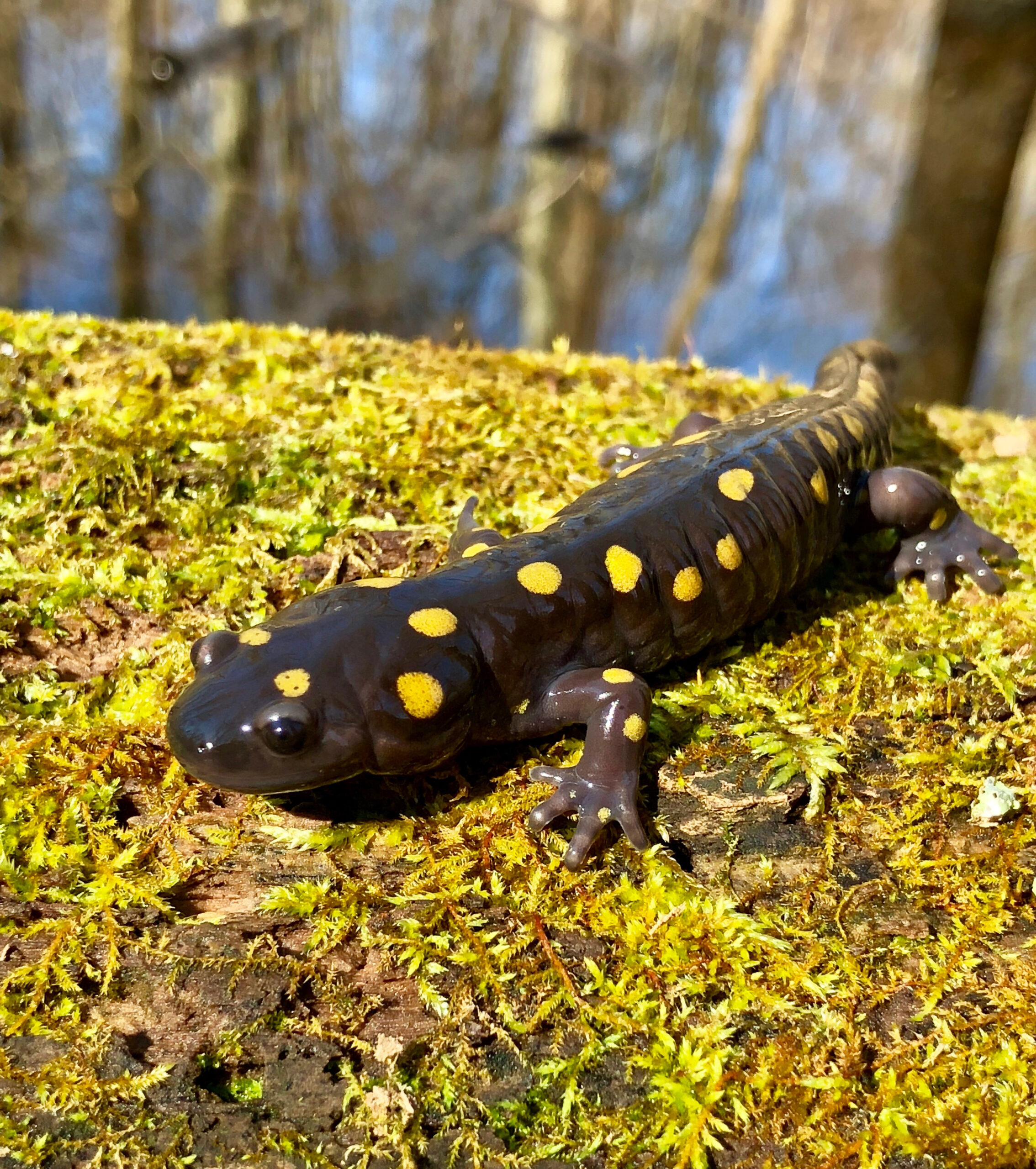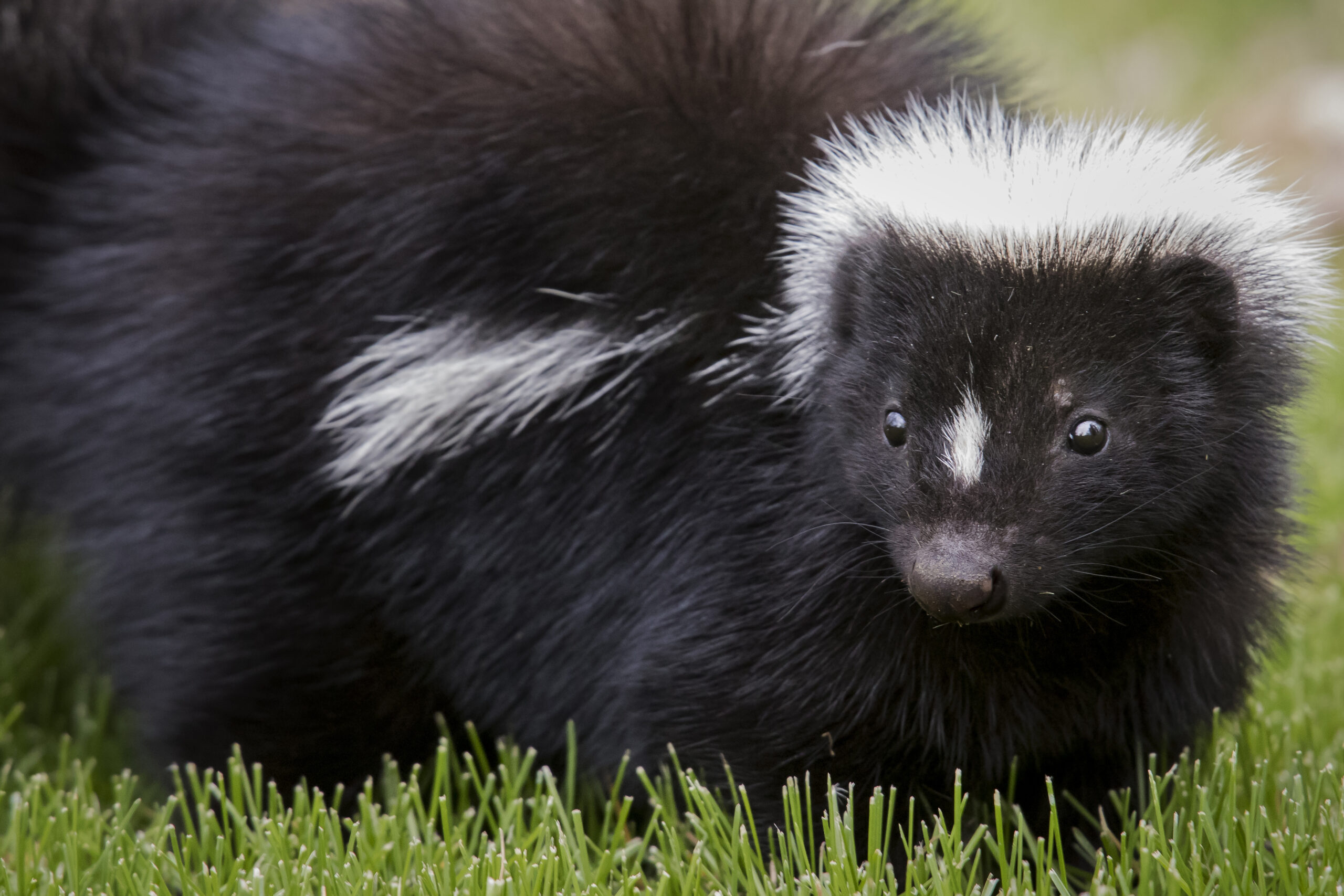TINA FRONK
Social Media Specialist

Surround yourself in love at your Metro Parks. Whether in the air, on the ground or in the water, love is all around you. As the temperatures start to rise, so too do hormone levels in our wildlife, resulting in an urge to reproduce.
Great horned owls kick off the season of love by laying eggs as early as late January. In extreme cold weather, females will incubate the eggs. Males will take over if the female is out hunting.

Salamanders, our romantics of the group, prefer warmer, rainy February nights (no candlelight though) for breeding in vernal pools. Most species of salamanders use smell and touch to identify mates as both female and male looks alike. Male spotted salamanders arrive first in writhing groups called congresses. When the females arrive, males split off from the congress to pursue a mate.

If salamanders are romantic, then this next group really stinks in the love department. Striped skunks mate in mid-February when the males emerge from their dens seeking a partner. Beware, rejection never smelled so bad. When an overly amorous male tries to attract an uninterested female, she will spray him as a warning to leave her alone. When striped skunks do mate, they split after the deed is done and the mother raises the skunks on her own.
